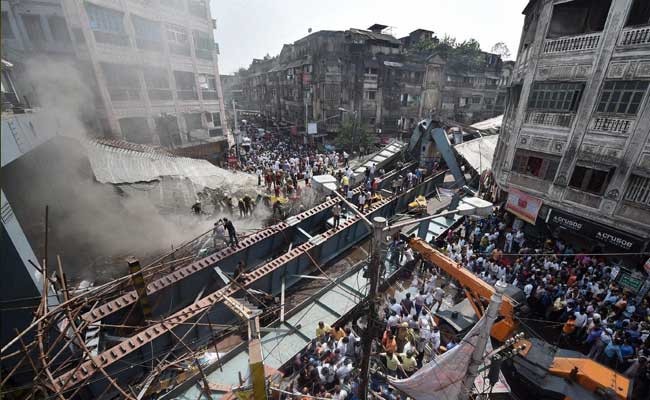Over the last six months, India has seen an alarming rise in
the number of suicides committed by its youth. India has nearly the world’s
highest rates of suicides among people aged between 15 years and 29 years. Every
year, about 30 and 40 people per 100,000 Indians between 15 years and
29 years kill themselves. This accounts for about a third of all suicides in
the country.
The American Association of Suicidology reports that over 90 per cent
of suicide victims have a significant psychiatric illness at the time of their
death. These are often undiagnosed untreated or both. People who become
suicidal in response to recent events generally have underlying mental problems,
though they may be well-hidden. Research also indicates that during the period
immediately after a suicide, public responses may be extreme, and underlying
causes may be oversimplified. The main concern is that dramatizing the impact
of suicide through descriptions and pictures of grieving relatives or community
expressions of grief may encourage potential victims. Suicide becomes an
acceptable reaction to a situation. This is what perpetuates suicide contagion.
In India, this appears to be the case among the farming and student
communities, both of which have witnessed highly publicized suicide outbreaks. (Source: The Indian
Express)
The feelings of agony and pain are experienced when we come
to face an emotional, social or financial turmoil, which are beyond our control.
The word ‘agony’ implies suffering that one goes through helplessly, maybe over
a prolonged period of time. It could be a mental state of distress in which we
fear or question the uncertainty of life. We may feel like giving up to fate.
What seems like stress or suffering can be turned into a
golden opportunity if dealt with intellect and patience. Dealing with what
causes stress or suffering means to overcome the obstacles in the path to
progress. Here are a few ways to overcome these obstacles:
Self-realization: Focusing on strengths and understanding our limitations can be a good start. Interacting with positive people helps. Walking in natural surroundings, spending time alone, reading quietly or listening to music can stimulate positive thinking. These activities connect us to our inner selves; open our eyes to the interconnected nature of life and everything starts making sense.
Self-realization: Focusing on strengths and understanding our limitations can be a good start. Interacting with positive people helps. Walking in natural surroundings, spending time alone, reading quietly or listening to music can stimulate positive thinking. These activities connect us to our inner selves; open our eyes to the interconnected nature of life and everything starts making sense.
Service: Another way of dealing with suffering is to engage in community service as well as by learning skills to acquire knowledge and wisdom. Seeking the company of the good and virtuous from whom you can learn and elevate your consciousness may be of great help. In the presence of faith, miracles happen.
Positive thinking can turn hardships into opportunities for
healing and self-rehabilitation. Then our deeds will automatically be done with
no fear of the future uncertainties and the path of agony will be changed to a path
of progress and eternal happiness.
Never give up!
- Mr. Sumit Chakravarty
Faculty, INLEAD










